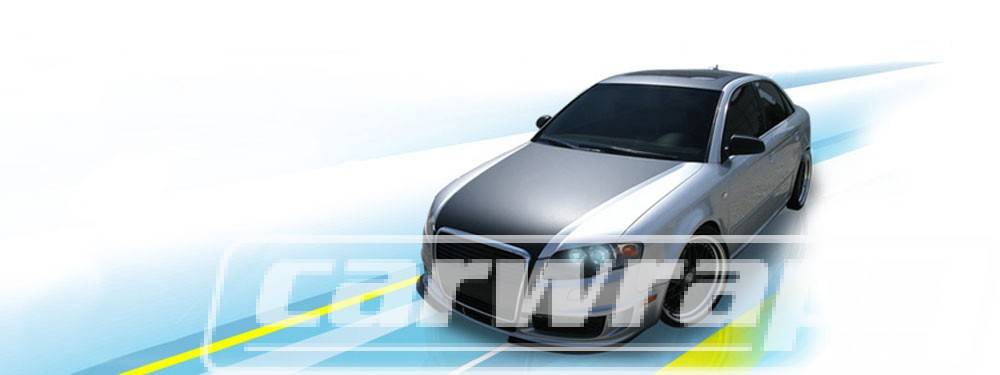Paint is DEAD: Why Car Wraps is Better Than Car Paint
Every car enthusiast can tell you why it is important to have a unique vehicle on the road. A few years back, this can mean an expensive paint job with custom airbrushed graphics—if you could even find someone capable of doing the job correctly to begin with.
It is now possible to achieve the same (or even better) results at a fraction of a price with car wraps. Wrapping, for many vehicle owners, is a way to express who you are. When you are done and bored, you can easily take it back and remove it while maintaining and protecting the original paint. Wraps come in several finishes that ultimately cannot be achieved through painting.
Wraps can be installed in buses, cars, bikes, boats, trucks, trailers and just about anything you can think of. Vehicles can be fully or partially wrapped. Anything less than a full vehicle wrap is called a “partial wrap”. It normally includes the sides of the vehicle or halfway up the vehicle.
How Much Does it Cost?
Painting a car costs between $1,000 to $8,000 while wrapping costs only $500 to $3,000. From these figures alone, you can see that wrapping is more cost effective. Also, car repainting often does not come out as smoothly as the original car paint, which often causes disappointments for car owners.
Because a wrap protects the original car finish, it also maintains the resell value. Although it’s hard to actually say that vehicle wraps replace the need for car paint, it must be considered. Before deciding to repaint a vehicle, consider making a decision based on your needs and use.
How Long Will a Car Wrap Last?
One very common question about vehicle wraps is, “How long will it last?” That’s a very good question indeed. Anytime we make an investment, whether it’s a product or a service, we want to feel good about what we buy. The same is true for vehicle wraps. Some important factors to consider are durability and lifespan. Both are dependent on the material used, the type of lamination, the installation process and the maintenance/care provided for the vehicle.
Material – car wraps usually come in two grades—cast vinyl and calendared. The former is the premium one while the latter is the “economy” grade. Since the wrap material will have to endure harsh outdoor conditions such as rain, snow, wind and sun, it is only essential that the material used is of top quality.
Lamination – think of this process as similar to applying sunblock to your skin. It keeps the print intact and protected so that the vinyl underneath stays vivid and clear.
Installation – car wrapping should only be performed by certified professionals. Having it installed by random people who do not understand the intricacies of curling edges or overlapping seams results in a poorly installed car wrap. The installation process is a very meticulous task that requires the expertise of the right people.
Care/Maintenance – care and maintenance is just as important as choosing the right materials and hiring the right people. If you just had your car wrapped, it should not be taken into an automatic car wash because the brushes tend to be too abrasive for the wrap that they may pull up a seam or scratch the wrapping material. You should also know that a wrapped car must not be waxed.
If you get of the above right and follow them, then your wrap can last no less than five years.
Cheap or Expensive Car Wrap?
Just as there are “many ways to skin a cat”, there are also several ways to wrap a vehicle. However, we believe that there is only one proven way to install wraps, and that’s what we follow at www.carwraps.com.
Expensive car wraps are typically associated to professional installation. In many cases, a preparation alone can take a full day of removing parts from a vehicle as well as cleaning them (hood, doors, etc.). When a company charges a cheap bill, they aim for the installation to be done in one to two days to maximize the minimal profit. This can lead to installation problems and “cutting corners”, which result in more complicated issues later on.
An expert car wrap installation should have seamless, bubble free surfaces. All corners must look clean and the original paint must be completely hidden.
Other Things to Consider
If you’ve been wondering, then we are happy to tell you that wraps do not damage the car paint in most cases. However, if your vehicle has a chipped portion, the wrap may pull the chipped portion when removed. This is not always the case though so there is nothing to worry about. In many cases, the wrap actually protects the paint so that upon removal, the paint underneath will still look new.
If the car has accident repaired areas, this issue may also cause problems depending on the quality of the repair made. If the repair work was not carried out to the original exacting standards, no car company can guarantee against a lacquer lift or other similar problems during the wrap removal.
The car wrap installation company you chose must be insured to drive, store and work on different kinds of vehicles for your safety. The company should be insured against any negligence while wrapping your car so that your asset is protected.

